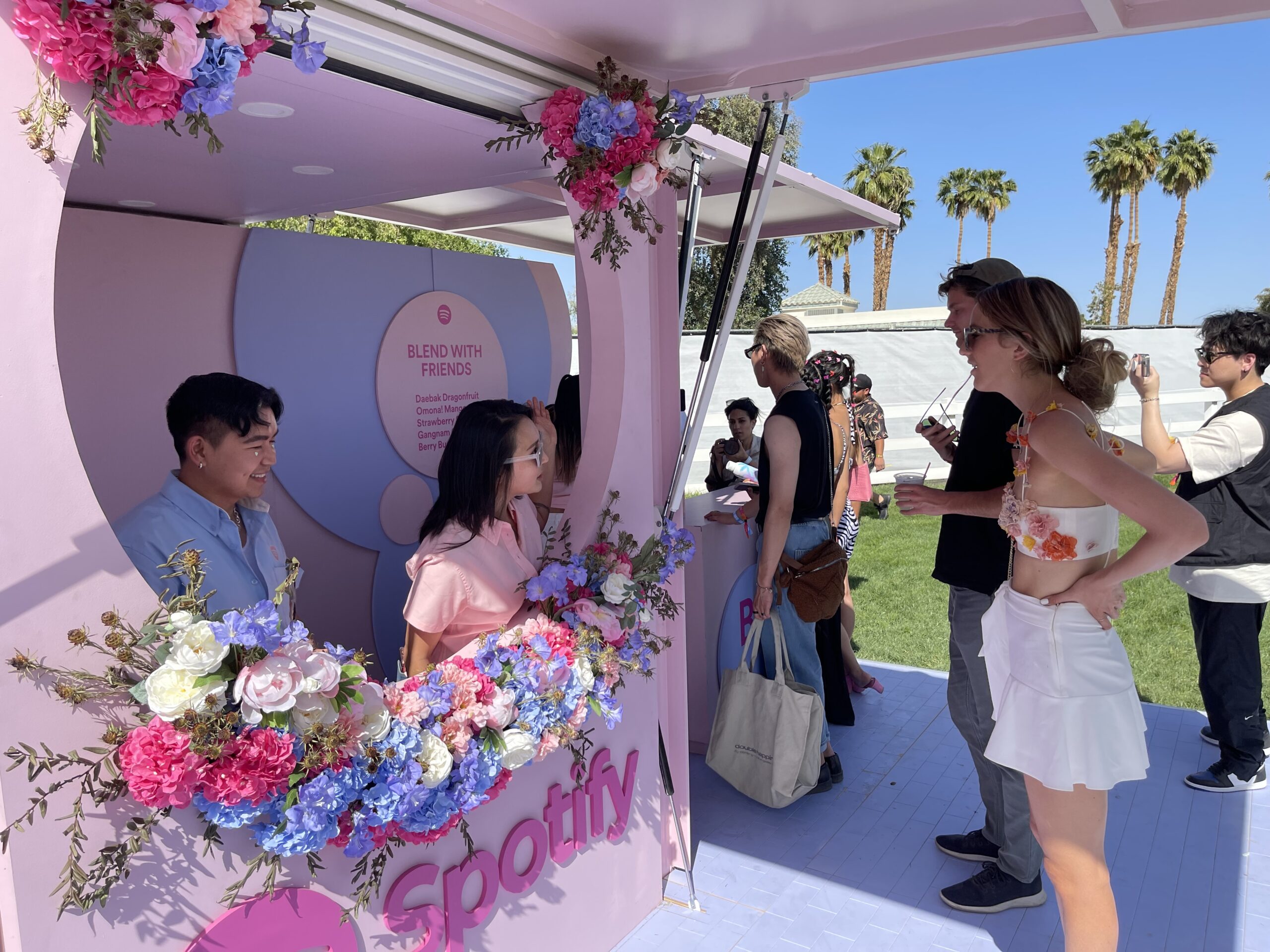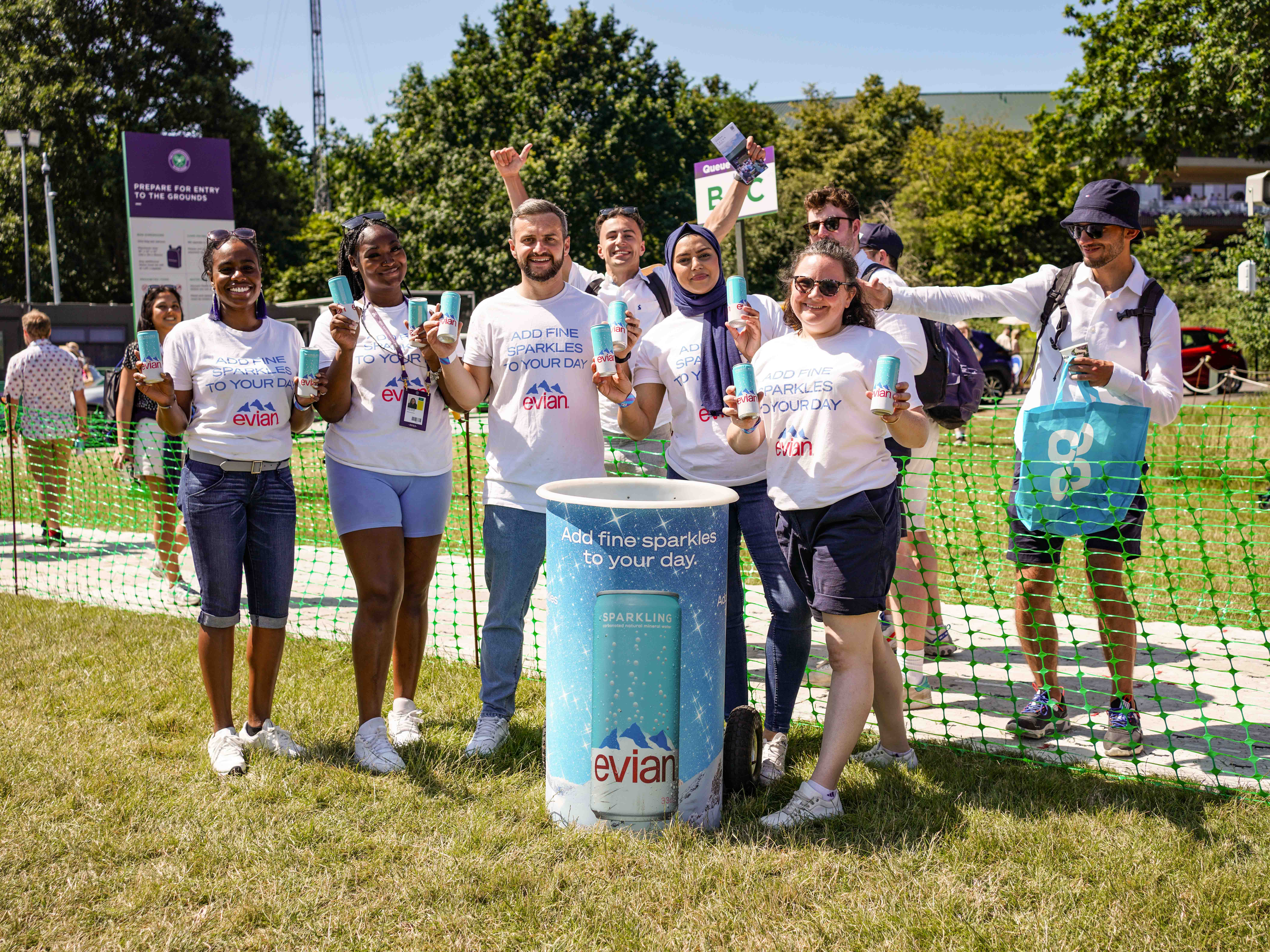Unravelling the real ROI of live events has proven to be an ongoing challenge for our industry.
For years, event marketers have been crying out for a simple yet comprehensive way to evaluate their success. Robust reporting metrics are needed to help brands better understand their customers and measure outcomes, not just outputs. Without these, how can they expect to build valuable relationships and continue to improve future marketing efforts?
While things like registration numbers and social media mentions shed some light on the matter, these aren’t enough on their own. In some ways, technology only adds to the problem, as the excessive number of available tools can leave marketers feeling overwhelmed. Another issue is that what’s recorded is often subjective and unreliable, making it tricky to measure an activation’s overall success. We need to bring multiple metrics together that offer brands and marketers one comprehensive overview. So, how do we overcome this problem?
Bridging the gap between metrics
It’s becoming increasingly important for event marketers to prove the impact of their live event efforts, especially post-pandemic when the pressure to re-engage consumers is high. Unfortunately, they’re often seen as less strategic and less measurable when compared to other activities like paid search and email.
To try and unpick this problem, we asked 500 brand decision-makers working in the Alcohol, Beauty, FMCG, Retail and Technology categories about the live event marketing KPIs that matter, how they would use quality data, and the developments they hope to see in the future.
As categories, FMCG and Retail have the most confidence in reported data, reflecting their experience and optimised processes for data monitoring, measuring and reporting. Alcohol and Beauty have direct access to customer information but lack confidence in data appraisal. At the other end of the scale, Technology is comfortable with capturing high-quality data so may regard more manually processed information with caution.
Overall, almost a third of large companies lack confidence in the data they receive from the event sector.
What was particularly interesting was our findings around KPIs. In fact, the most valued ones are rarely collected at live events: Net Promoter Score, Total Purchase Value, and Visitor Satisfaction Score.
Balancing technology with the right staff
One of the most important questions to ask is ‘what do brands want live data to support?’, and we discovered four key areas: building brand value, proving the value of face to face, tracking data across campaigns, and benchmarking vs other channels.
But it’s not just the technology that’s important here. How these metrics are gathered is just as significant as the information collected, and to get the required calibre of data, brands need specialist staff that understand the methodologies for data collection plus skills in observation, body language and consumer behaviour. How feedback is obtained is a key part of the event experience. If we get this wrong, customers could leave with a negative impression of the brand.
Insights are a superpower
Marketers want to understand what consumers really feel – not just think – about their brands, and exciting innovations in this space are helping to track human behaviour. This includes emotional facial recognition, automated footfall tracking, sustainability tracking tools, and virtual event software.
Knowing the challenges brands are facing with event reporting and recognising their willingness to embrace new technology, we decided to create something that would transform this space.
In 2021, we launched Impact, an industry-first data-driven reporting tool enabling marketers to evaluate the effectiveness of their event activations in real-time.
Impact offers a range of insights from on-site stock tracking, weather forecast, perception and engagement scores, footfall and more, enabling real-time decisions to be made. Knowing when samples are running low, if there’s a technical issue, or when to adjust the number of on-site staff ensures activations remain cost-effective while providing a more fluid experience for customers.
However, these measurements are just the beginning. The true success of Impact lies in its ability to take brand insights one step further. From Net Promoter Score, brand satisfaction, purchase intent, brand recall, and beyond, the incredible amount of data on offer is what sets this tool apart from any others and provides brands with a 360° view of their live event.
Impact has already been used by multiple world-leading brands such as LinkedIn, Coca-Cola and Givenchy, all of which have used the tool to make real-time decisions about campaigns and benchmark their success against other marketing activities.
Data will secure our industry’s future
There is a real opportunity to change the way data and analysis is collected in live event environments. It’s clear that brands are increasingly asking for more accuracy and consistency in what is reported, primarily at c-suite level, and a renewed focus is needed.
Our industry needs to make a concerted effort to close this data gap across industry bodies, brands, and agencies. Clear event KPIs and industry recognised benchmarks must be established to allow direct comparison with other marketing channels.
The future is looking good, especially for those who choose to invest in new technology now. The industry will change rapidly over the next several years, and it’s the businesses that realign the role and value of their data that will profit.




